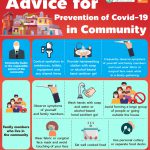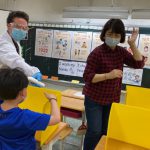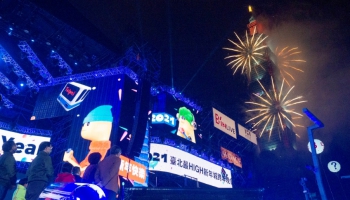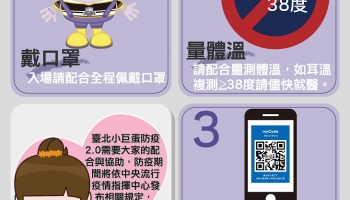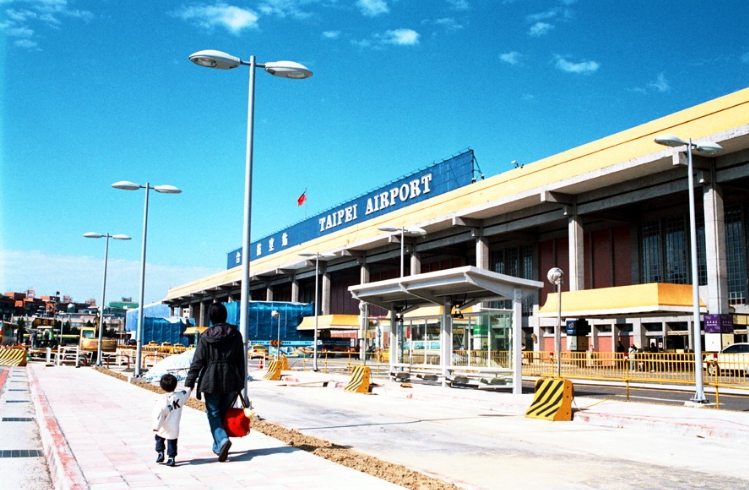
(Photo source : Department of Information and Tourism,Taipei City Government)
- Border Quarantine
(1) When the command center receives notification from the CDC that the inbound passengers
from the airport need to be sent to Heping Hospital, it shall dispatch the special anti-epidemic task force.
(2) Attendants should wear double-layered protective equipment, (including: hair caps, N95 face
masks [inner layer], surgical face masks [outer layer], overalls, gowns, gloves, shoe covers,
rubber shoes and full-face shield) while in transit. - When individuals under home isolation/quarantine display symptoms and need medical
attention
(1) Assessment is required by professionals of the epidemic prevention line of the Department of
Health ahead of the individual being sent to a designated hospital.
(2) After receiving notification from the Department of Health, the Rescue Command Center
personnel from Taipei City Fire Department will dispatch the special anti-epidemic task force to
escort the individual to the hospital (protective clothing/equipment is required). - When the Fire Department Rescue Command Center receives case reports from the public:
(1) 119 dispatcher will enquire about the TOCC and ID number of the patient in order for
information to be obtained about recent travel and contact history.
(2) A TOCC-positive patient will be sent to hospital by ambulance. CDC certified N95 face masks,
waterproof isolation gowns, hair caps, full-face shield and gloves are needed by medical staff. - First aid for out-of-hospital cardiac arrest (OHCA) patients
(1) Due to the uncertainties of the patient’s conditions, all OHCA first aid executors are required to
wear N95 facemasks, waterproof isolation gowns, hair caps, full-face shield and gloves. This is in
order to avoid aerosols generated from CPR, intubation or ventilation during the procedures. In
addition, the ambulance should be equipped with high efficiency particulate air filters (HEPA
Filter).
(2) An HEPA filter is required when ambulance technicians establish advanced respiratory tracts
for the patients, as well maintain high-quality CPR, which includes hard compression, rapid
compression, chest rebound and non-interruption. When a Bag-Valve-Mask (BVM) is applied,
make sure it’s performed slowly enough and there’s no over-ventilation under positive pressure
ventilation. - Disinfection of the personnel and vehicle after returning to the unit
(1) Personnel disinfection: Always clean hands with hand sanitizer before and after removing
protective clothing/equipment. Recommended removal priorities: gloves, isolation gowns, full face shield, and face masks.
(2). Vehicle disinfection
– After spraying with 500PPM bleach, wipe with a clean wet cloth to prevent the corrosion on the
surface of utensils.
– Disinfect the equipment with 75% alcohol and wipe with a clean cloth.

